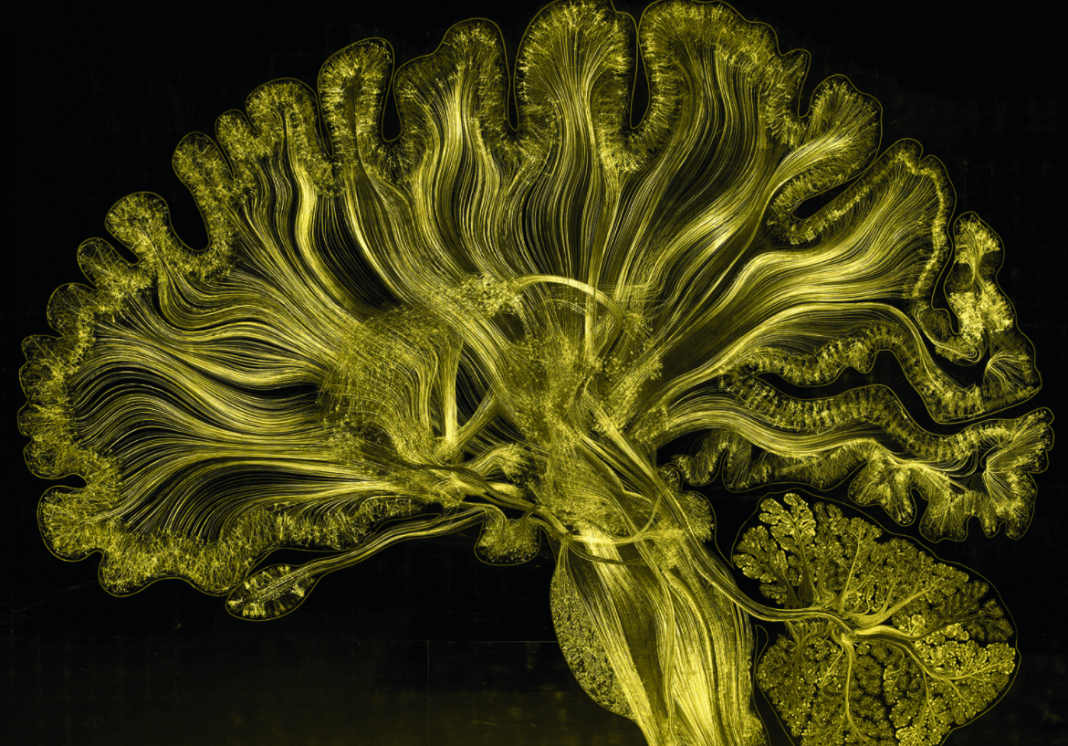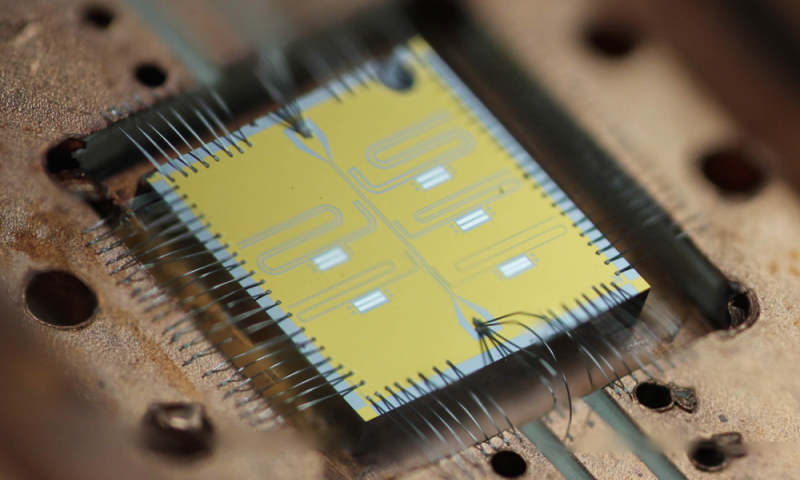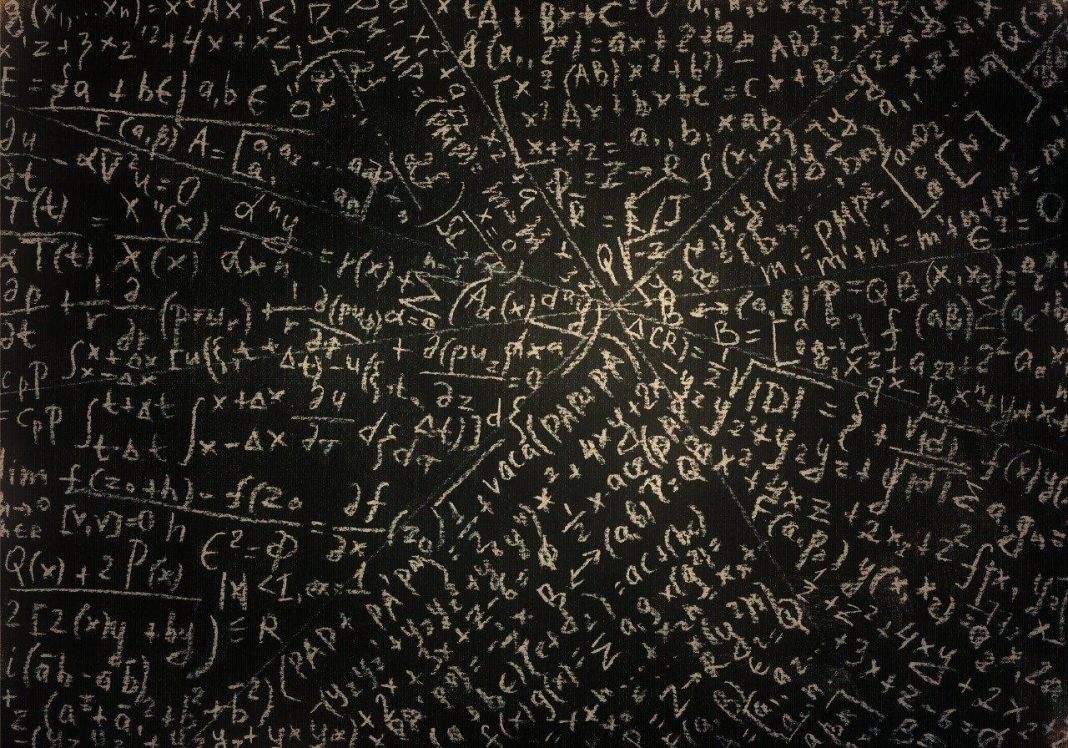Scientists from Salk’s Center for Integrative Biology performed a series of 3D scans on various plants and according to their paper, recently published in Current Biology, the branching of neurons in human brains and the branching of plants follow the same mathematical laws, indicating that there might be universal logic managing branching behavior across different types of living systems.
“Our project was motivated by the question of whether, despite all the diversity we see in plant forms, there is some form or structure they all share,” explains Saket Navlakha, senior author of the paper and assistant professor at Salk’s. “We discovered that there is—and, surprisingly, the variation in how branches are distributed in space can be described mathematically by something called a Gaussian function, which is also known as a bell curve.”
Because plants cannot move to find an environment that better suits their needs, they developed many different growth methods to cope with the challenges they may face, like shade from a neighboring plant or drought. Navlakha and team wanted to find out if there might be a guiding principle or mathematical pattern to the various types of growth in different plant species. To test the theory, the researchers utilized high resolution, 3D scanning equipment to track the growth in over 600 plants for a month.
They started sorghum, tobacco, and tomato plants from seeds and grew them in a variety of naturally occurring adverse environments, including ambient light, drought, high heat, high light, and shade. The scans occurred every few days.
“We basically scanned the plants like you would scan a piece of paper,” said Adam Conn, the research assistant who did a bulk of the scanning. “But in this case, the technology is 3D and allows us to capture a complete form—the full architecture of how the plant grows and distributes branches in space.”
After the scan had been taken, analyzed, and modeled, researchers discovered three distinct properties of branch growth: Gaussian branch density function, self-similarity, and separability. First, they found that no matter the plant species or the conditions in which they were growing, the density of the branch growth conformed to a Gaussian distribution, meaning the growth is thinner at the boundary of the plant than near the stem. Next, self-similarity means the shapes of plants are basically the same, they use the same statistical guidelines for growth no matter their environment. And finally, separability means that growth in one area is separate and not contingent on growth in other areas. Navlakha says that this allows plants to be more resilient in adverse environments.
What was most surprising about these findings was that it showed a high level of efficiency during evolution. Although it would be very inefficient to have many different guidelines for every kind of growth, to only have a single form shows a sophistication that researchers were not expecting. Knowing these properties can help future research in genetic modification for crops.
Previous research by Charles Stevens, another of the paper’s authors and professor at Salk’s Molecular Neurobiology Laboratory, discovered the same guiding principles were present in the growth of human neurons. “The similarity between neuronal arbors and plant shoots is quite striking, and it seems like there must be an underlying reason,” says Stevens. “Probably, they both need to cover a territory as completely as possible, but in a very sparse way, so they don’t interfere with each other.”
Next, the team hopes to use these findings as part of further research to understand the molecular mechanism behind these actions. Navlakha adds, “We could see whether these principles deviate in other agricultural species and maybe use that knowledge in selecting plants to improve crop yields.”
More News to Read











